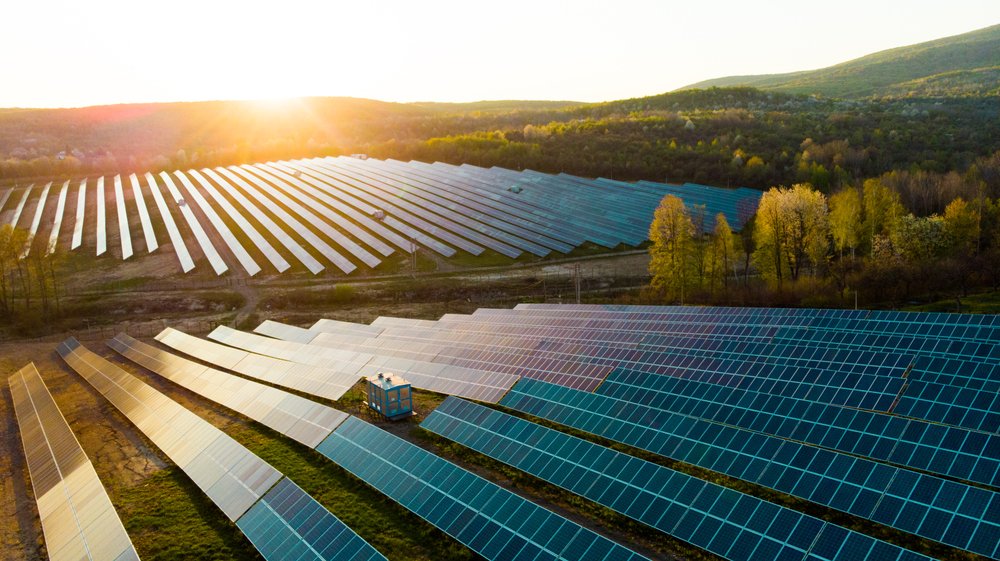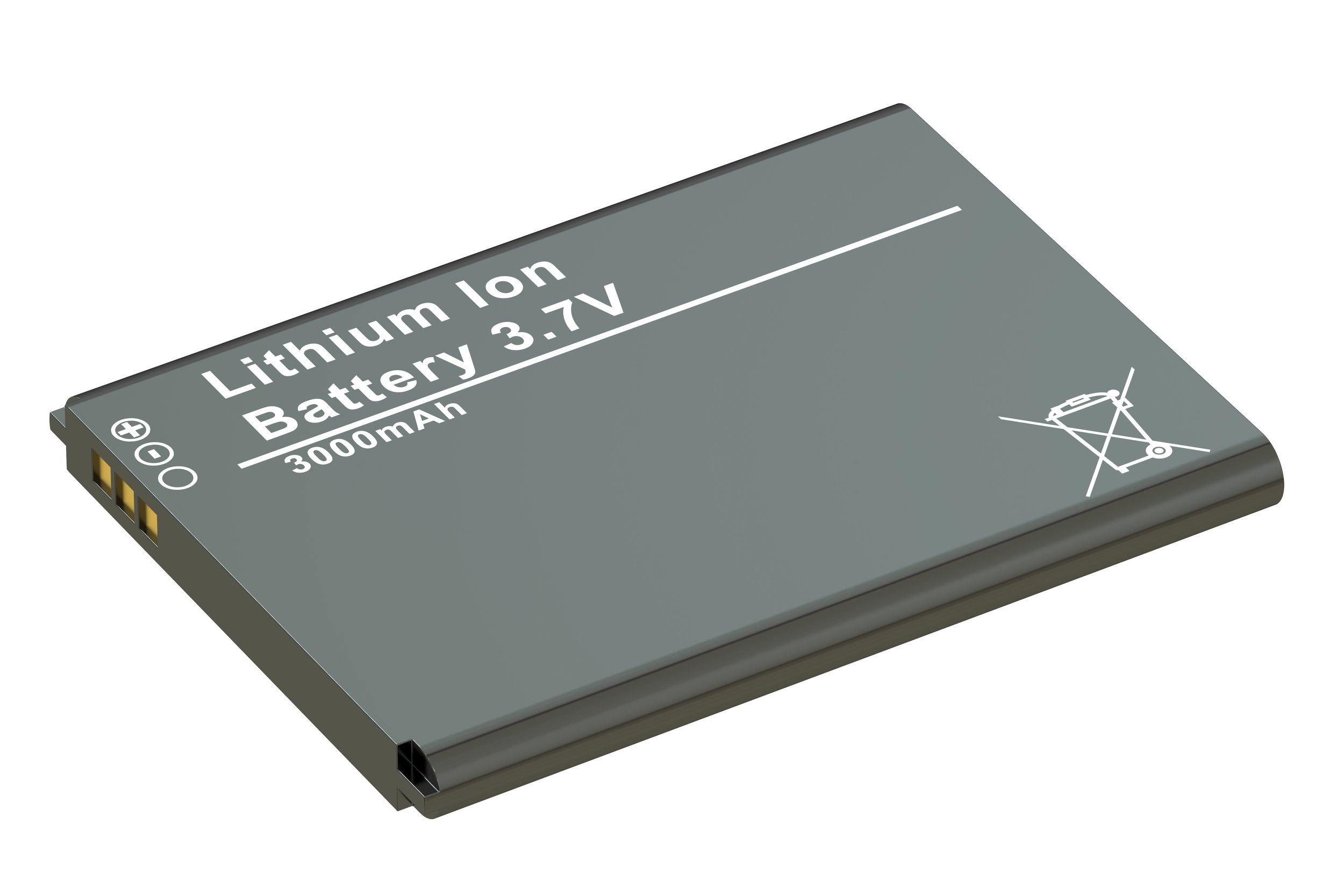Every year, thousands of fires are sparked by laundry dryers, causing significant property damage and even loss of life. The good news is that most of these fires are preventable with proper dryer maintenance and safety practices. This article will provide you with essential tips to ensure your home remains safe from dryer fires.
**Understanding the Risks**
The National Fire Protection Association (NFPA) reports that firefighters respond to approximately 13,820 home fires caused by clothes dryers annually¹. Lint accumulation is a leading cause of these fires, accounting for about 27% of incidents¹. It's crucial to recognize the signs of a clogged dryer vent, such as longer drying times and a lack of exhaust air outside when the dryer is running¹.
**Preventative Measures**
1. **Regular Cleaning**: Clean the lint filter before and after every load. This simple step not only prevents fires but also improves dryer efficiency¹.
2. **Proper Ductwork**: Replace plastic or foil accordion-style ducts with rigid metal ducts. Their smooth walls allow better airflow and reduce lint buildup¹.
3. **Annual Inspections**: At least once a year, inspect and clean the dryer duct and venting system. If you're not comfortable doing this yourself, hire a professional¹.
**Safety Tips**
- **Installation and Service**: Always have your dryer installed and serviced by a professional².
- **Lint Filter**: Use the dryer with a lint filter and clean it regularly².
- **Venting System**: Check the venting system behind the dryer to ensure it's not damaged or restricted².
- **Outdoor Vent**: Make sure the outdoor vent covering opens when the dryer is operating².
**In Case of Fire**
If a fire does start in your dryer, don't attempt to extinguish it yourself. Evacuate immediately and call 911. Trying to handle the situation on your own can be dangerous.
Dryer fire safety is a critical aspect of home maintenance that should not be overlooked. By following these guidelines, you can significantly reduce the risk of a fire and keep your home and family safe. Remember, prevention is always better than cure when it comes to fire safety.
For more detailed information and resources on dryer fire safety, you can visit the websites of Consumer Reports and the U.S. Fire Administration¹².
Source: Conversation with Bing, 4/13/2024
(1) How to Prevent Dryer Fires - Consumer Reports. https://www.consumerreports.org/appliances/clothes-dryers/how-to-prevent-dryer-fires-a6837216286/.
(2) Clothes Dryer Fire Safety - U.S. Fire Administration. https://www.usfa.fema.gov/downloads/pdf/publications/clothes_dryer_fire_safety_flyer.pdf.
(3) How to avoid a dryer fire at home - Consumer Reports. https://www.consumerreports.org/video/view/appliances/laundry/1432781626/how-to-avoid-a-dryer-fire-at-home/.
(4) Fire Prevention 52: Dryer Fires - U.S. National Park Service. https://www.nps.gov/articles/p52-dryer-fires.htm
















